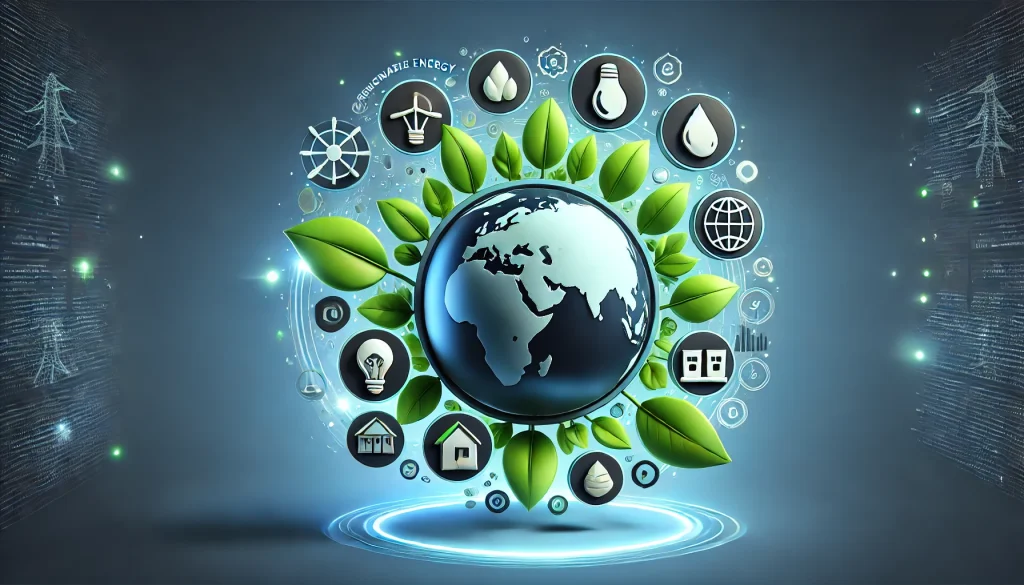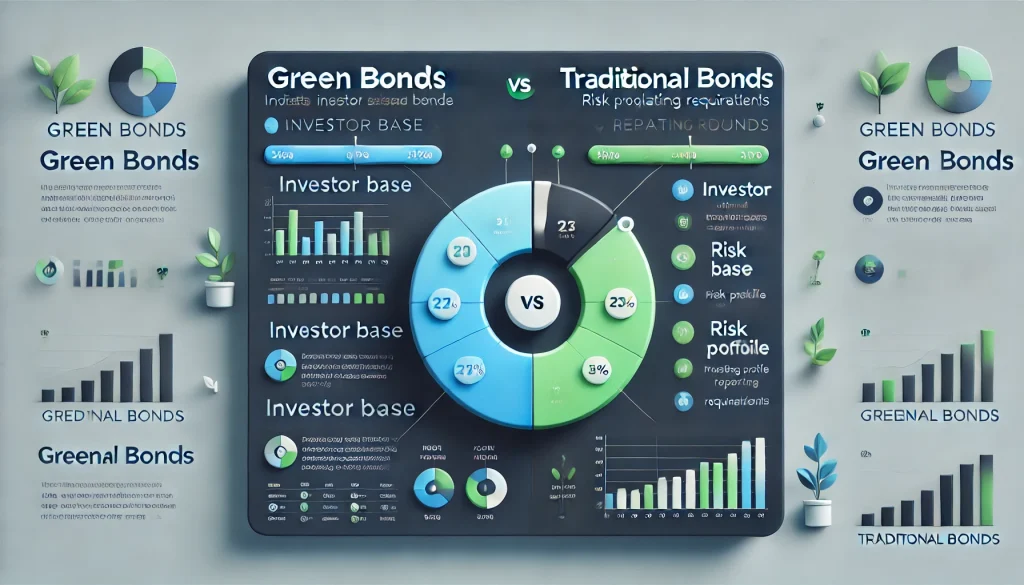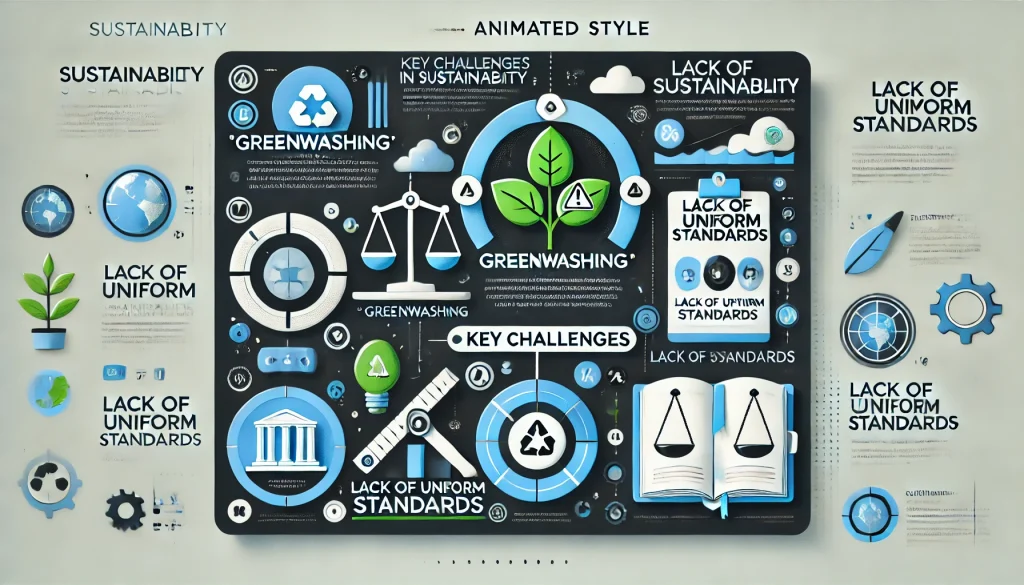Green bonds and sustainable finance are reshaping global investment by aligning economic growth with environmental responsibility. Designed to fund projects that address climate and sustainability challenges, green bonds offer a dual benefit: financial returns and positive environmental impact. As demand for low-carbon solutions increases, these instruments play a vital role in financing a more resilient and sustainable global economy.
Overview

Green bonds have rapidly emerged as a transformative force in sustainable finance, driving both economic growth and environmental progress. These innovative financial instruments, designed to fund projects with positive environmental benefits, have garnered significant interest from governments, corporations, and investors worldwide. Unlike traditional bonds, green bonds offer a dual return: financial gains and environmental impact. As the urgency to combat climate change intensifies, these bonds are proving essential in mobilizing capital towards a more sustainable, low-carbon economy.
Economic Benefits of Green Bonds

While green bonds operate similarly to traditional bonds in offering fixed-income returns, they come with a specific mandate that their proceeds be used for environmentally beneficial projects. This targeted use of capital not only supports sustainability goals but also provides several economic advantages:
Access to a Broader Investor Base
These bonds appeal to a diverse range of investors, including those who prioritize Environmental, Social, and Governance (ESG) criteria. This growing demand often results in oversubscription, which can lead to lower yields compared to conventional bonds. For issuers, this means lower borrowing costs and more favorable financing terms. The World Bank, for example, has successfully raised over $14 billion through its green bond issuances, demonstrating the economic viability of such investments. By tapping into the green bond market, issuers gain access to a broad, committed investor base that values sustainability.
Portfolio Diversification and Risk Mitigation
For investors, green bonds provide an opportunity to diversify portfolios while managing climate-related risks. These bonds are generally considered less volatile than traditional bonds and offer stable returns, making them an attractive option for institutional investors, pension funds, and individual investors alike. Moreover, they serve as a hedge against regulatory changes and future carbon pricing that could affect the profitability of traditional investments.
Enhanced Market Stability and Resilience
The expansion of the green bond market contributes to the overall stability of the global financial system by aligning investments with long-term sustainability goals. By reducing systemic risks associated with climate change, such as regulatory shifts or physical impacts on assets, they enhance market resilience. This stability is particularly appealing during times of economic uncertainty, as it offers a relatively secure investment avenue that aligns with broader social and environmental goals.
The Role of the World Bank in Promoting Green Bonds

The World Bank has played a crucial role in shaping the green bond market by setting high standards for transparency, accountability, and impact measurement. Since its first issuance in 2008, the World Bank’s Green Bond Program has raised significant funds for climate-related projects across the globe. Its framework includes stringent criteria for project selection and detailed reporting on the environmental impact of funded projects. This approach has been critical in building investor confidence and fostering a robust green bond market, encouraging other public and private sector entities to follow suit.
The World Bank’s leadership has been pivotal in driving the adoption of green bonds among both developed and emerging markets. By demonstrating the economic viability and scalability of these, it has effectively paved the way for other issuers to enter the market, thus broadening the investor base and enhancing market liquidity.
Economic Challenges in the Green Bond Market

- Greenwashing and Credibility Issues: One of the major challenges facing the market is the risk of greenwashing—where bonds are marketed as green without delivering substantial environmental benefits. This lack of standardization and regulation can undermine investor trust and slow down market growth. The need for rigorous certification and verification processes is crucial to ensuring their credibility.
- Lack of Uniform Global Standards: The absence of a universally accepted definition of what constitutes a green bond can create inconsistencies in the market. Different countries and regions may have varying criteria, which can lead to fragmentation and reduce the attractiveness of green bonds for global investors. Organizations like the Climate Bonds Initiative have attempted to address this by establishing guidelines and standards, but more work is needed to achieve global harmonization.
- Limited Market Liquidity: Green bonds often suffer from lower liquidity compared to traditional bonds, making them harder to trade. This can deter some investors and restrict the market’s expansion. For the bonds to achieve broader adoption, efforts must be made to enhance their liquidity through secondary market development and increased issuance.
- High Verification and Reporting Costs: The costs associated with verifying the environmental impact of projects and maintaining transparency can be high, particularly for smaller issuers. These additional costs can reduce the appeal of issuing the said bonds and limit market participation. Despite this, these costs are essential to prevent greenwashing and ensure that the bonds deliver real environmental benefits.
Green Bonds vs. Traditional Bonds: Economic Perspectives
Green bonds offer a unique economic proposition compared to traditional bonds, particularly when considering their dual focus on financial returns and environmental impact:
| Criteria | Green Bonds | Traditional Bonds |
|---|---|---|
| Purpose | Financing projects with positive environmental impacts. | General financing needs without a specific sustainability focus. |
| Investor Base | Attracts ESG and socially responsible investors. | Attracts conventional investors focused on financial returns. |
| Reporting Requirements | Requires detailed impact and allocation reporting to ensure transparency. | Standard financial reporting with no specific impact disclosures. |
| Risk Profile | Lower volatility and more stability in the long term. | Can be more volatile depending on the market conditions. |
The Growing Demand for Green Bonds in Emerging Markets
Emerging markets are becoming increasingly active in the green bond space, recognizing the potential to attract sustainable investment while addressing environmental challenges. Countries such as China, India, and Brazil have begun issuing green bonds to finance renewable energy, sustainable infrastructure, and climate adaptation projects. This development highlights the global reach of green finance and its role in fostering economic resilience in developing economies.
- China’s Leadership in Green Finance: China has emerged as one of the largest issuers of green bonds, supporting its national goals of reducing carbon emissions and transitioning to renewable energy sources. The Chinese government has implemented policies and guidelines to encourage both public and private sector participation in the green bond market.
- India’s Push for Renewable Energy Financing: India has also been active in issuing green bonds to finance its ambitious renewable energy targets. By tapping into the international green bond market, India has attracted substantial foreign investment to support its transition to a more sustainable energy mix.
Future of Green Bonds in Sustainable Finance

- Increased Sovereign Green Bond Issuances: Many countries are considering or have already issued sovereign green bonds to fund large-scale environmental projects. This trend is likely to continue as governments seek to meet their commitments under international agreements like the Paris Agreement.
- Greater Involvement from Corporations: More corporations are issuing these bonds to align their business strategies with sustainability goals, improve their reputation, and access a broader investor base.
- Innovations in Green Finance Products: New financial instruments such as sustainability-linked bonds and blue bonds (focused on marine and ocean sustainability) are emerging, broadening the scope of green finance.
Conclusion: Economic Advantages and Growth Potential of Green Bonds
Green bonds represent a powerful financial instrument for promoting sustainable development while generating economic benefits. Their ability to attract a wide range of investors, provide stable returns, and reduce climate-related risks makes them a critical tool for building a sustainable global economy. Despite challenges like greenwashing and the need for more robust standards, the green bond market is well-positioned for continued growth. As more investors, issuers, and governments recognize their potential, they are set to play an increasingly significant role in the global transition to sustainability.
FAQ
How do green bonds benefit the economy?
Green bonds boost the economy by lowering borrowing costs for issuers, attracting a diverse investor base focused on sustainability, and providing stable returns. They drive investment in eco-friendly projects, supporting job creation and economic resilience.
What challenges affect the growth of the green bond market?
Key challenges include greenwashing risks, lack of uniform global standards, limited market liquidity, and high costs for impact verification and reporting. These issues can undermine investor confidence and hinder market expansion.
Why is the World Bank important in the green bond market?
The World Bank plays a critical role by setting high standards for transparency and impact reporting, raising billions for climate-related projects, and encouraging broader adoption of green bonds in both developed and emerging markets.
Resources
- Investopedia. Green Bond
- World Bank. Green Bond Program
- Climate Bonds Initiative. Explaining Green Bonds
- Iberdrola. Investments in Green Bonds
- ResearchGate. Advancing Green Finance: A Review of Sustainable Development
